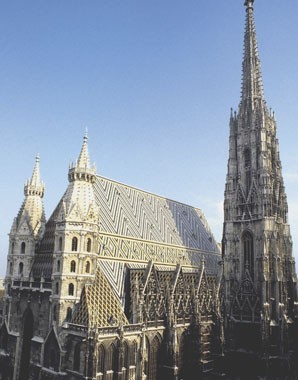What did people read in the Middle Ages? Courtly and middle-class reading matter
The majority of medieval literature was made up of theological writings and devotional literature intended to extend the religious horizon of the reading public and deepen their knowledge of doctrine. There were also specialist texts as well as poetry and romances.
Medieval literature was predominantly aimed at a broad reading public of pious readers. Psalters – devotional books for the laity – were widespread. They were later replaced by books of hours, small unspectacular books for the wealthy urban middle classes that were used so extensively in the fifteenth century that hardly any examples have survived. The Bible was condensed and annotated, Bible commentaries written to elucidate the Scriptures, and translations into vernacular languages were made, both for the private reading of the clergy and for the laity. Besides religious literature, texts on jurisprudence and natural philosophy, which was closely linked to theology, together with travelogues, were widespread.
During the late Middle Ages it may be assumed that the reading public included a relatively large proportion of women. Many religious works written in the vernacular were dedicated to women or intended as reading material for them. Women of elevated social rank were also patrons of writers.
Every court employed one or more poets for reasons of prestige. Literature written for the nobility displays evidence of the international links between the courts: romance narratives from France made their way to England and later to Germany, where they were adapted and translated into the vernacular. From the thirteenth century onwards vernacular poetry was fostered at European courts, leading to the independent production of minnesang poetry together with secular epics. Courtly literature mostly depicted an idealized form of chivalric life, describing the model conduct of knights in questions of standing and love, and lamenting the loss of knightly virtues.
The court of the Habsburg duke Otto the Merry (1301–1339) was a centre of literary creation in its time: Otto founded a society of knights and favoured courtly poetry as well as Schwankliteratur (‘fools’ literature’, i.e. comic literature). At the end of the thirteenth century, towns also began to develop into centres of literary production and reception.


















